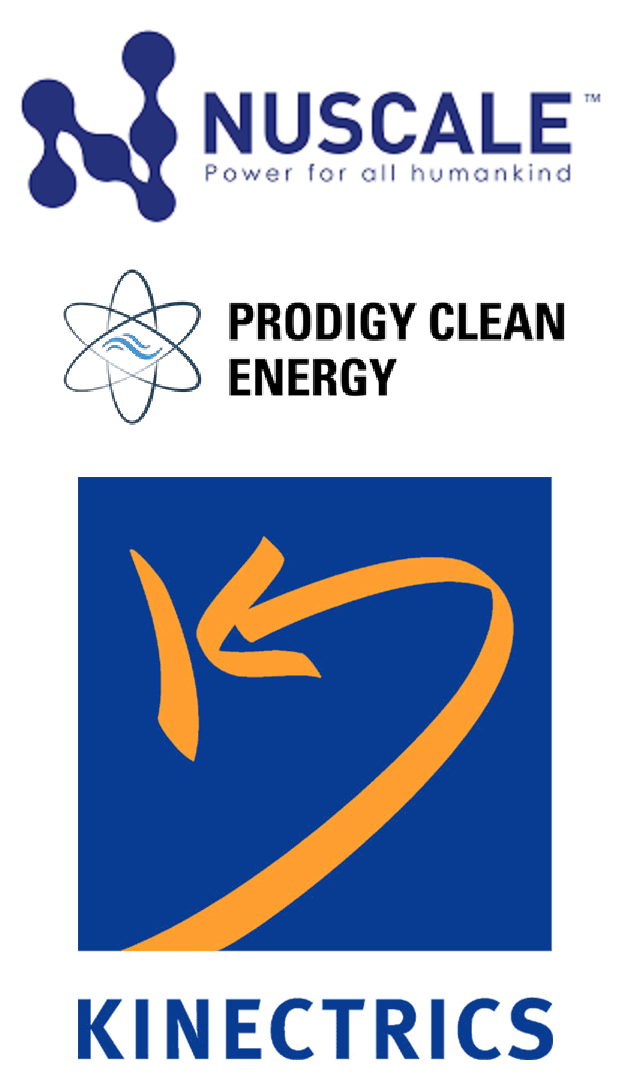Part 2 of 2 Parts (Please read Part 1 first)
Kinetrics is a leading provider of life cycle management services for the electricity industry. In order to support the collaboration, Kinetrics will provide expertise in nuclear licensing and regulatory affairs, nuclear equipment qualification, environmental analysis, safety analysis, materials evaluation, structural analysis, and shoreside transmission and distribution infrastructure design and construction to the Prodigy and NuScale team.
David Harris is the President and CEO of Kinetrics’. “We are thrilled to support the Prodigy and NuScale program. Prodigy’s marine nuclear power plant systems could be a potentially transformative opportunity for the energy industry — the MPS could allow for new nuclear builds in global locations where traditional land-based nuclear projects are either technically or economically infeasible. Kinectrics has extensive expertise developing novel licensing approaches, and we look forward to working with NuScale and Prodigy to advance the development and deployment of their combined technologies.”
NuScale continues to work on establishing collaborations with companies in the Canadian supply chain in connection with potential NuScale power plant deployment in Canada with the goal of creating an economic engine that will generate hundreds of millions of dollars through jobs and business opportunities in Canada. This new MOU builds on the foundation of an existing agreement between the NuScale and Prodigy. It will showcase NuScale’s dedication to engaging category companies whose technologies will have global impact for the energy industry.
In August of 2020, NuScale made history as the first ever and only SMR to receive U.S. Nuclear Regulatory Commission design approval. NuScale is involved in the Canadian Nuclear Safety Commission’s Vendor Design Review for its SMR. It has been continuing to engage with Canadian regulators, governments, suppliers, and prospective clients, including Ontario Power Generation. It is also working to deliver its design and supply chain leading technology to North America and the World.
NuScale Power has developed a new modular light water reactor nuclear power plant to supply energy for electrical generation, district heating, desalinization, and other process heat applications. This ground-breaking small modular reactor (SMR) design features a fully factory-fabricated NuScale Power Module able to generate seventy seven megawatts of electricity using a safer, smaller, and scalable version of pressurized water reactor technology.
Prodigy is Canadian marine nuclear power developer specializing in integrating existing, commercial power reactors into stationary-deployed marine power plant structures for commercial energy generation. Prodigy’s Small Modular Reactor Marine Power Stations could be used to deploy safe, low-carbon, affordable and reliable power at any coastal location worldwide.
Kinetics is a category leader in providing life cycle management services for the electricity industry. They have expertise in engineering, testing, inspection, and certification is backed by their independent laboratory and testing facilities. They have a diverse fleet of field inspection equipment and a team of over a thousand engineers and experts. From initial design and type testing to operational deployment and maintenance services. Kinetrics collaborates closely with customers to make sure that utility assets perform safely, reliably and efficiently through out their entire life cycle.







